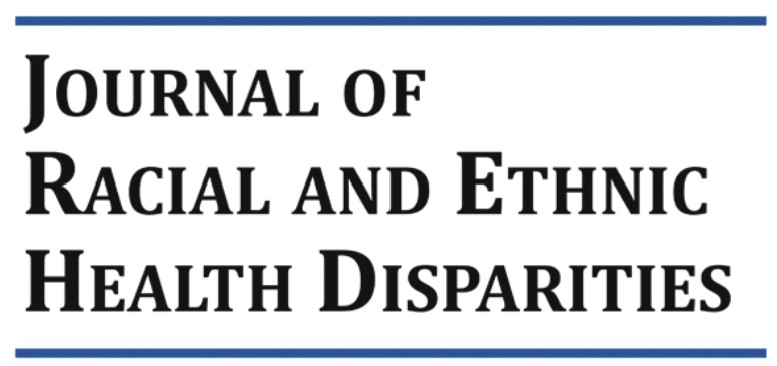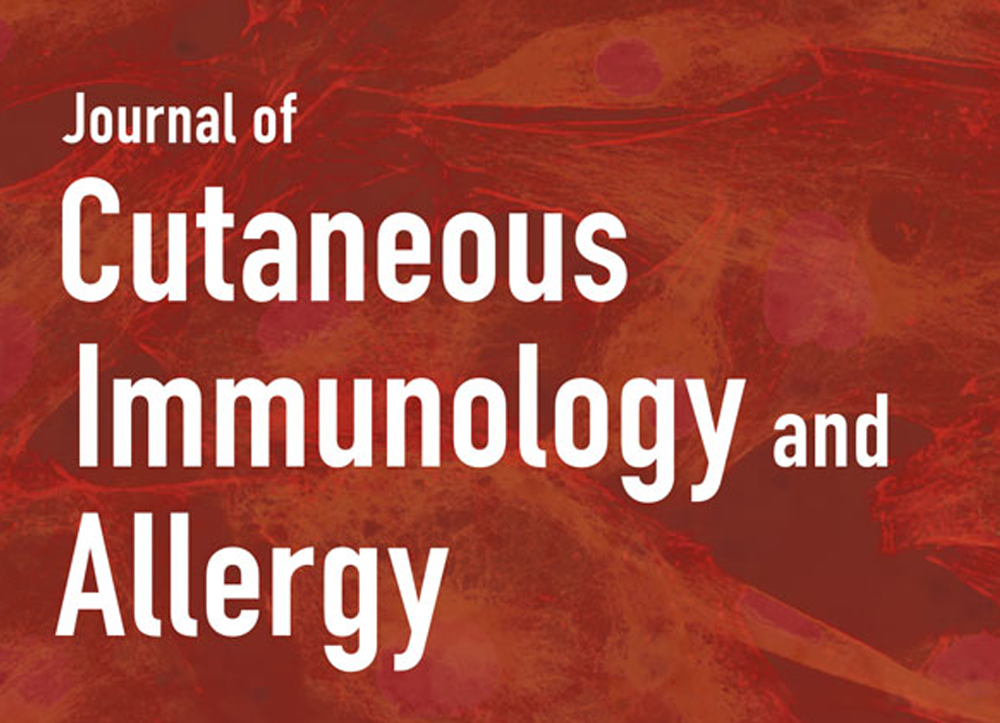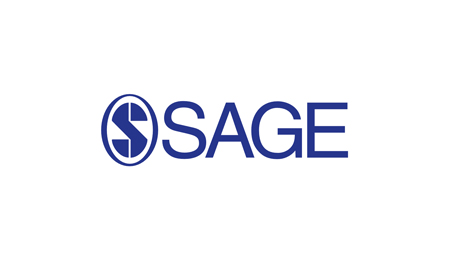Abstract:
High bacterial loads within chronic wounds increase the risk of infection and complication. This single time-point, retrospective analysis describes the treatment decisions made on 1000 chronic wounds (DFUs, VLUs, PIs, surgical wounds, burns, and others) at 211 wound-care facilities across 36 US states. Clinical assessment findings and treatment plans derived from them, as well as subsequent fluorescence imaging (MolecuLight®) findings and any associated treatment plan changes, were recorded for analysis. Fluorescence signals indicating elevated bacterial loads were observed in 701 wounds (70.8%), while only 293 (29.6%) showed signs/symptoms of infection. After fluorescence imaging, treatment plans changed in 528 wounds as follows: more extensive debridement (18.7%), more extensive hygiene (17.2%), fluorescence-targeted debridement (17.2%), new topical therapies (10.1%), new systemic antibiotic prescriptions (9.0%), fluorescence-guided sampling for microbiological analysis (6.2%), and changes in dressing selection (3.2%). These real-world findings of asymptomatic bacterial load/biofilm incidence, and of the frequent treatment plan changes post-imaging, are in accordance with clinical trial findings using this technology. These data, from a range of wound types, facilities, and clinician skill sets, suggest that point-of-care fluorescence imaging information improves bacterial infection management.
















